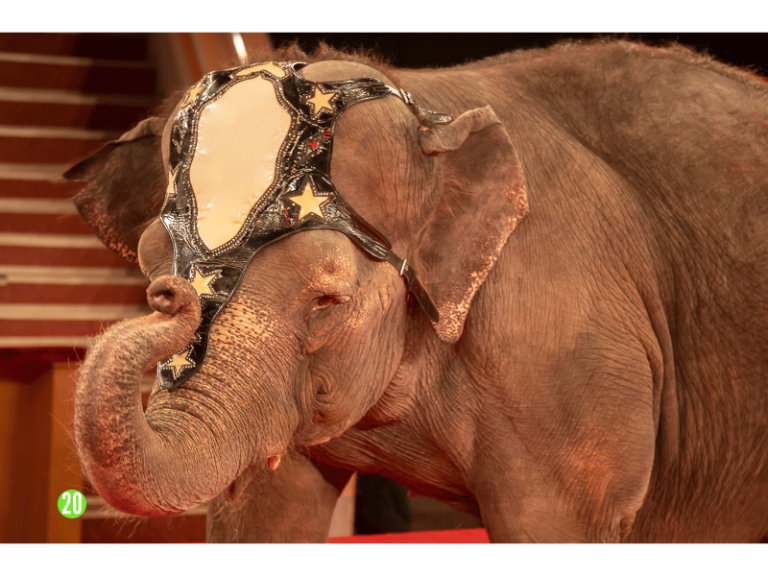People have been domesticating elephants for a long time.
Tamed elephants are very lovable and endearing. Some elephants in zoos can play the trumpet, blow the harmonica, shake bells, turn in circles, lie down, and bow. In circuses, elephants can perform complex acrobatic routines, such as hopping on one foot to music, balancing acts, spinning on stools, and carrying people in their mouths. They can even perform addition and subtraction of numbers below 20, demonstrating absolute obedience to commands. However, if you pay close attention, you’ll notice that whether working elephants, zoo elephants, or circus-performing elephants, most of them are females, and very few are males.
Why don’t they keep male elephants? Is it because they are not smart enough to perform these tasks? No.
At the Leipzig Zoo in Germany, there was once a forty-year-old male elephant. Even though it only had one and a half tusks left, the keepers were still very afraid to approach it because it had harmed many keepers. Its half tusk was also broken during a fit of rage directed at its companion, who was also injured.
The famous Hagenbeck Circus once ordered the hanging of a male “performer elephant” because it had become a “killer elephant,” causing the deaths of many performers with its tusks and heavy feet.
In 1947, there was sensational news in Switzerland: the government decided to execute a male elephant from the Zurich Zoo because it had killed a woman one night, trampling her body into a pulp. This elephant continued to injure several people afterward. For this “unrepentant” “criminal,” people had no choice but to execute it by shooting.
From these examples, it is clear that although male elephants are strong, they are difficult to tame, have violent tempers, and are hard to control when they get angry. Therefore, elephant training grounds, zoos, and circuses generally do not keep male elephants.
In fact, male elephants are not always so terrifying and temperamental. The incidents mentioned above mostly occurred during the male elephants’ musth period. During musth, male elephants become very aggressive, and in Southeast Asian countries, such elephants are called “musth elephants.” In the past, in some parts of India, there was a tradition of elephant fighting. During festivals or grand celebrations hosted by local rulers, elephant fights were held, and the chosen fighters were these “musth elephants” because they are particularly combative during musth. In the animal kingdom, similar behavior is common during mating periods. Even the usually gentle and timid deer become unrecognizable and aggressive during rutting season. Therefore, most zoos only keep one male deer in the deer enclosure.

